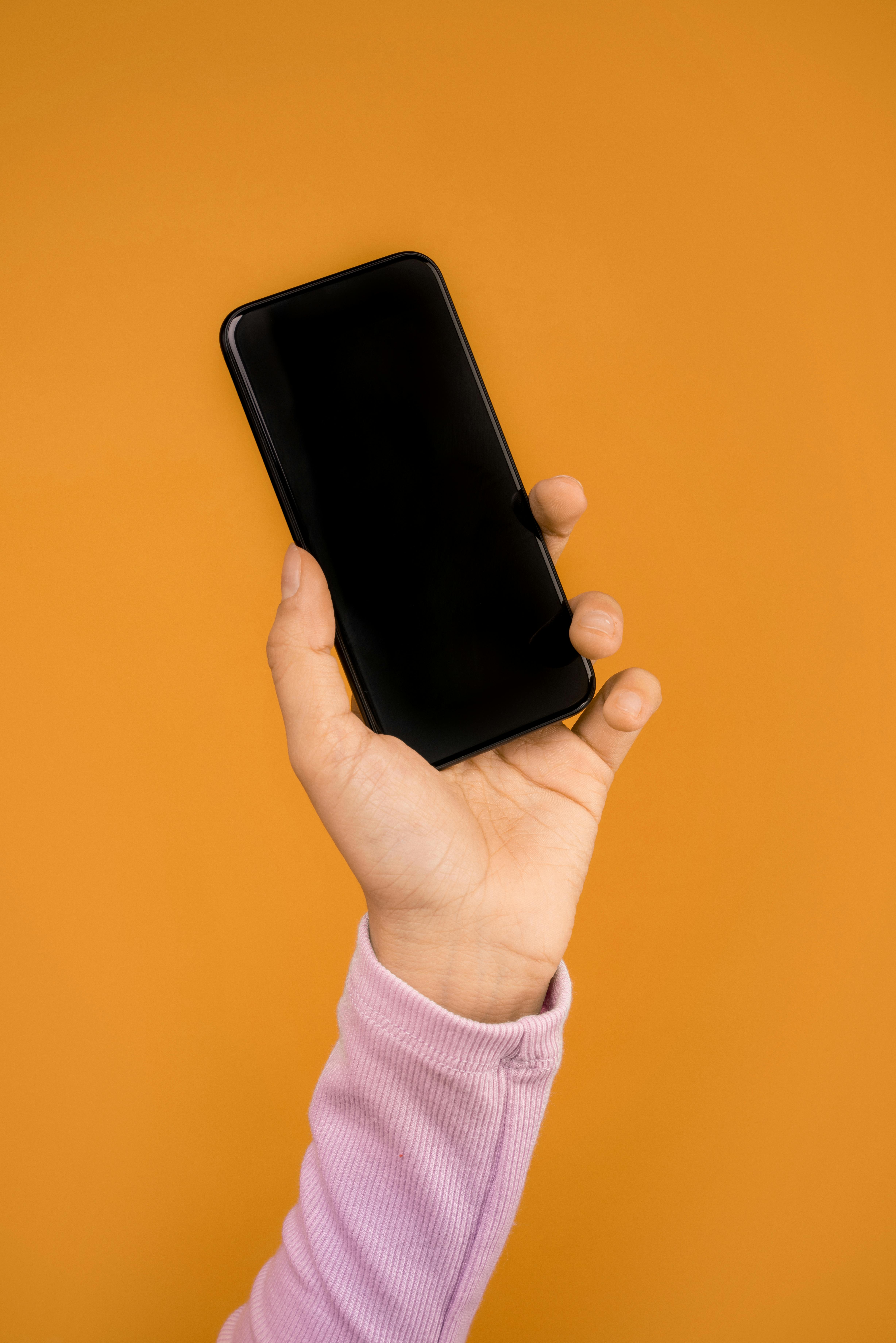How to Properly Reboot Your iPhone for Improved Performance in 2025
In the rapidly evolving world of smartphones, understanding how to effectively reboot your iPhone is critical for maintaining optimal performance. Rebooting your iPhone can help solve various issues, including sluggishness, app malfunctions, and even connectivity problems. Whether you own the latest iPhone 14 or an older model like the iPhone X, knowing the appropriate reboot techniques ensures that your device runs smoothly.
This article provides a comprehensive guide on how to restart your iPhone properly, covering various reboot methods—soft resets, hard resets, and force restarts. By mastering these techniques, you can contribute to a more efficient user experience. The following sections will detail practical steps for each reboot method, common issues you might face while rebooting, and best practices for maintaining your iPhone’s performance.
Key takeaways include practical reboot tips, solutions for common rebooting issues, and an overview of settings to facilitate easier phone management. Now let’s dive into the different methods of rebooting your iPhone to leverage its full capabilities!
Essential Techniques for Rebooting Your iPhone
Understanding Soft Reset iPhone Procedures
A soft reset is the first step in troubleshooting simple issues on your iPhone. This reboot method refreshes the device without losing any data. To perform a soft reset on most iPhone models, including iPhone 11, 12, and 13, press and quickly release the Volume Up button, followed by the Volume Down button. Press and hold the Side button until the Apple logo appears.
For older models like the iPhone 8 and X, the method is similar, where you also use the physical buttons, effectively forcing a restart. This way, you can quickly resolve minor glitches without risking data loss.
Performing a Hard Reset on iPhone
A hard reset is particularly useful when the device is unresponsive or frozen. The steps involve a more prolonged press of the same buttons used for a soft reset but go beyond simply refreshing the device. For instance, on the iPhone 8 and newer models, you press and quickly release the Volume Up, followed by the Volume Down buttons, and then hold the Side button until the Apple logo shows up.
Older models, such as iPhone 7, require you to press and hold the Volume Down and the Side buttons simultaneously until the reboot occurs. This method can rectify more severe software issues, making it a valuable tool for any iPhone user.
Force Restart Instructions for Unresponsive iPhones
If your iPhone is frozen and doesn’t respond at all, a force restart may be necessary. For iPhone 12, X, and models without a physical home button, the force restart is as follows: quickly press and release the Volume Up, quickly press and release the Volume Down, and then press and hold the Side button until the Apple logo appears. This method is particularly effective in resolving issues when other reboot options fail.
When using this method, you can directly access the device’s functions once the reboot happens, effectively stopping crashes or severe malfunctions. Always remember, this should be a last resort when the phone appears frozen completely.
Advanced Reboot Techniques to Enhance iPhone Performance
Rebooting Your iPhone for Updates
When performing updates, rebooting your iPhone is crucial to ensure that the installation occurs smoothly. After updating your iOS, it’s common for your device to require a restart to apply changes effectively. In this case, restart your device using any of the methods described earlier—either through a soft reset post-update or a hard reset for one-time issues that might arise during the update process.
Regularly rebooting your iPhone after updates can help mitigate potential bugs and enhance device performance, preparing it for future use.
Using iTunes to Reboot and Restore Your iPhone
If you are facing ongoing issues with rebooting your iPhone, utilizing iTunes to reset your settings may provide a solution. Connect your device to a computer, open iTunes, select your device, and follow prompts to either restart or restore it to factory settings, depending on the severity of your issues.
This process may help clear up persistent problems while allowing you to reorganize your settings as needed. Remember, restoring the iPhone should not be taken lightly, as this will erase data unless a backup is performed beforehand.
Rebooting iPhone in Safe Mode
Safe mode allows you to troubleshoot your iPhone by disabling third-party applications, making it easier to diagnose issues without external interference. To enter safe mode, typically, the device is started in a way that prevents non-essential software from loading. For iPhones, a soft or hard reset can be initiated while holding specific button combinations. Monitor behavior changes during this mode to determine whether apps are causing issues.
Getting accustomed to safe mode can greatly assist in troubleshooting without the overarching risk of full-reset methods.
Troubleshooting Common Reboot Issues
Identifying and Solving iPhone Reboot Problems
Difficulty with rebooting can stem from a range of factors, including software issues, hardware malfunctions, or even battery inconsistencies. Noticing frequent failed reboots or unusual behavior during the reboot process may indicate underlying problems. Your first step should be checking if the battery is charged and that the power button functions properly.
If reboot attempts lead to errors or glitches, consider performing a system reset through the settings. This approach can often restore functionality, allowing for effective operation without requiring drastic measures.
Rebooting iPhone for Performance Improvement
Regular reboots can significantly improve your iPhone’s speed and responsiveness, especially if apps seem sluggish. This process closes background applications that might be consuming memory and processing power. iPhone users are encouraged to establish a regular rebooting schedule. This simple practice can enhance overall performance, especially for older iPhone models struggling against resource constraints.
Addressing iPhone Battery Issues During Reboot
Battery-related problems can exacerbate rebooting difficulties. An iPhone that doesn’t power on or shuts down unexpectedly could be hinting at battery wear. If faced with such issues during reboot attempts, inspect battery health in your iPhone settings under Battery. A replacement might be necessary if the battery is significantly degraded, as it will help in maintaining system performance.
Practical Tips and Best Practices for iPhone Rebooting
Establishing a Reboot Routine
Creating a regular rebooting routine ensures that your iPhone performs optimally. It is advisable to restart devices after major updates or at least once a week for maintenance. This practice prevents issues from building up and aids in overall device longevity.
Backup Before Rebooting
Prior to executing any significant reboot method, especially hard resets or factory settings, ensure you have a complete backup of your data. Utilize iCloud or local storage options to preserve important files. Data loss during a reboot is a common concern that can be easily avoided with proper precautions.
Seeking Help from Apple Support
If repeated attempts to reboot your iPhone end in failure, contacting Apple Support is warranted. They can provide insights into more complex issues that might be affecting your device, ensuring you can find the pathway toward resolving persistent problems.

Q&A: Common Questions About iPhone Rebooting
How do you restart an iPhone without a home button?
To restart iPhones without a home button, such as the iPhone 12 and above, first, press and quickly release the Volume Up button, then the Volume Down button. Finally, press and hold the Side button until the Apple logo appears.
What happens when you reboot your iPhone?
Rebooting your iPhone refreshes the device’s memory and closes all running applications, potentially resolving minor glitches and improving performance.
Can rebooting fix a frozen iPhone?
Yes, performing a soft or hard restart can successfully unfreeze your iPhone, allowing for normal operation once the device reboots.
Is there a difference between a soft reset and a hard reset?
A soft reset refreshes the device without erasing data, whereas a hard reset can forcefully shut down and restart the device, often resolving more severe performance issues.
How often should I reboot my iPhone?
It is generally advisable to reboot your iPhone at least once a week and after any significant software updates to maintain optimal performance.
In conclusion, understanding the various reboot methods, troubleshooting common issues, and implementing regular maintenance routines can vastly enhance your iPhone’s performance. With these guides, you can effectively tackle any reboot difficulties that may arise, ensuring your device remains efficient and functional for everyday use.

